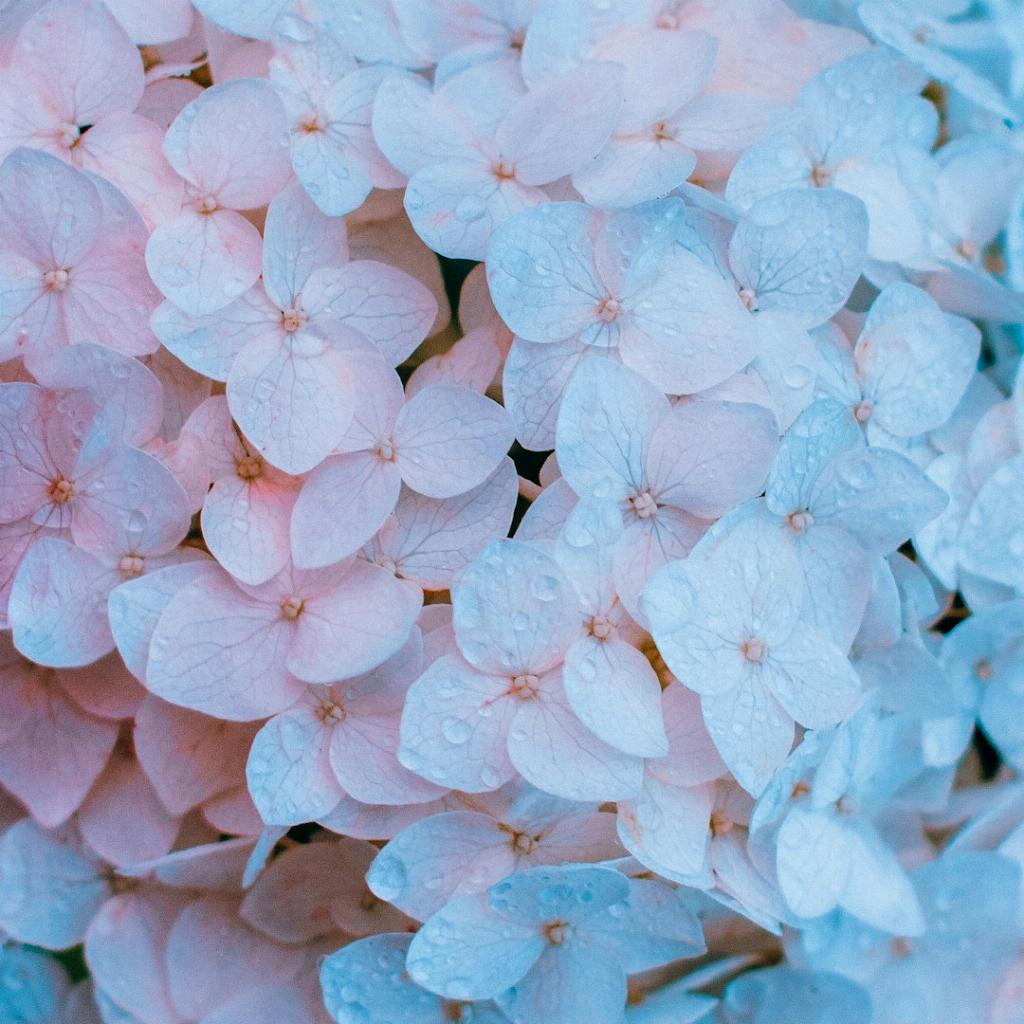Have you ever wondered how to dry out hydrangea flowers to preserve their beauty and add a touch of elegance to your home decor? Drying hydrangeas is a simple and rewarding process that allows you to enjoy these lovely blooms long after they have been cut from the garden. In this article, we will guide you through the steps to successfully dry out hydrangea flowers, so you can enjoy their beauty for months to come.
1. Let the Flowers Dry Naturally
The first step in drying out hydrangea flowers is to let them dry naturally on the plants. It’s best to choose blooms that are just starting to show some color but are not fully open yet. This will ensure that the flowers retain their shape and color during the drying process.
2. Snip the Flowers on a Cool Morning
On a cool morning, snip the hydrangea flowers from the plant using sharp scissors or pruning shears. Cut the stems at an angle to allow for better water absorption during the drying process. Remove any excess foliage from the stems, as leaves can detract from the beauty of the dried flowers.
3. Place Stems in Water
After snipping the flowers, strip off the leaves from the stems and place them in a jar of water. Make sure the water covers the stems about halfway to keep the flowers hydrated while they dry. This step helps to prevent wilting and ensures that the hydrangeas retain their shape and color.
4. Choose a Suitable Location
Find a cool and dry spot in your home where you can place the jar of hydrangea stems. Avoid direct sunlight or bright light, as this can cause the flowers to fade or lose their color. A dark corner or a room with gentle, indirect light is ideal for drying out hydrangea flowers.
5. Check Periodically
Check the hydrangea flowers regularly to monitor their drying progress. The drying time can vary depending on the humidity levels in your home and the type of hydrangeas you are drying. Touch the petals gently to see if they feel papery and dry to the touch.
6. Adjust as Needed
If you notice any signs of mold or mildew forming on the flowers, remove the affected blooms immediately and increase air circulation in the drying area. You can also try adding a few silica gel packets to help absorb excess moisture and speed up the drying process.
7. Store the Dried Flowers
Once the hydrangea flowers are completely dried, you can store them in a cool, dry place away from direct sunlight. You can display the dried hydrangeas in a vase, use them in floral arrangements, or incorporate them into wreaths and other decorative crafts.
8. Enjoy the Beauty
Admire the beauty of your dried hydrangea flowers and appreciate the time and effort you put into preserving them. Dried hydrangeas can add a charming and timeless touch to your home decor, bringing a touch of nature indoors.
9. Experiment with Different Varieties
Don’t be afraid to experiment with drying out different varieties of hydrangeas to see which ones dry best and retain their color and shape. You can mix and match different colors and sizes to create unique and eye-catching dried floral arrangements.
10. Share Your Creations
Consider sharing your dried hydrangea creations with friends and family as thoughtful gifts or unique home decor accents. Dried flowers make wonderful gifts for special occasions and can be a lasting reminder of the beauty of nature.
11. Continue to Refresh
As your dried hydrangea flowers start to lose their vibrancy over time, you can refresh them by gently misting them with a fine spray of water. This can help revive the color and texture of the flowers, allowing you to enjoy them for even longer.

12. Embrace the Beauty of Dried Hydrangeas
In conclusion, drying out hydrangea flowers is a simple and enjoyable process that allows you to preserve the beauty of these lovely blooms for months to come. By following the steps outlined in this article, you can successfully dry hydrangea flowers and create stunning dried floral arrangements that will enhance your home decor and bring a touch of nature indoors.
